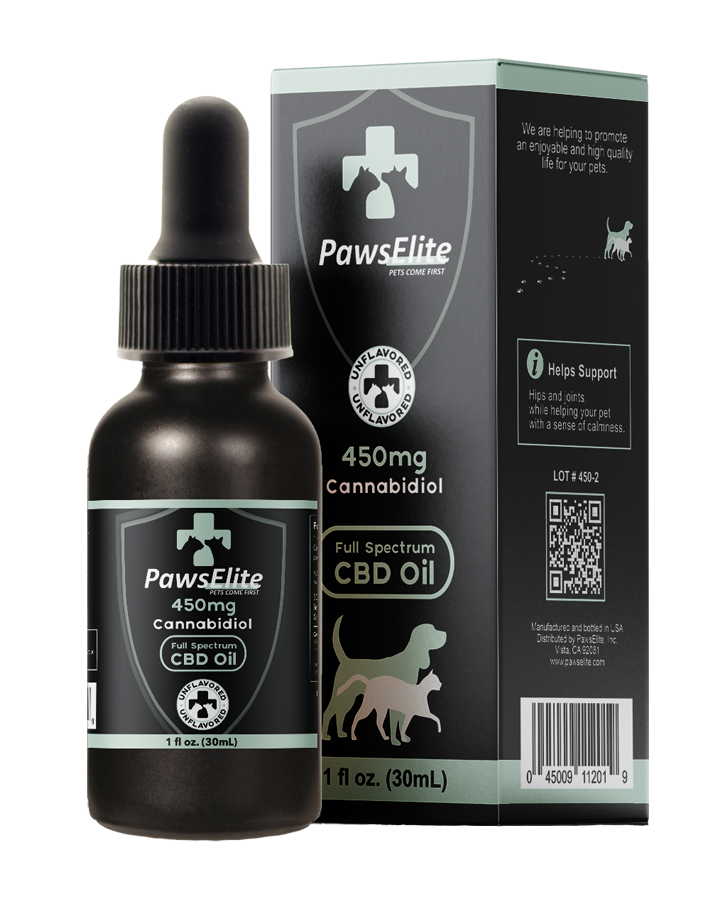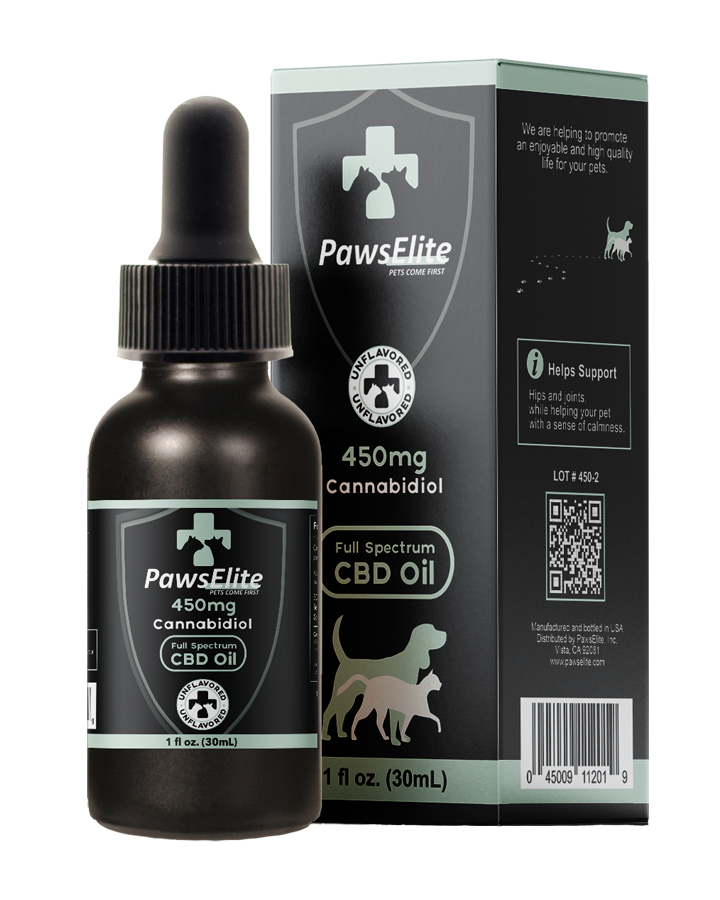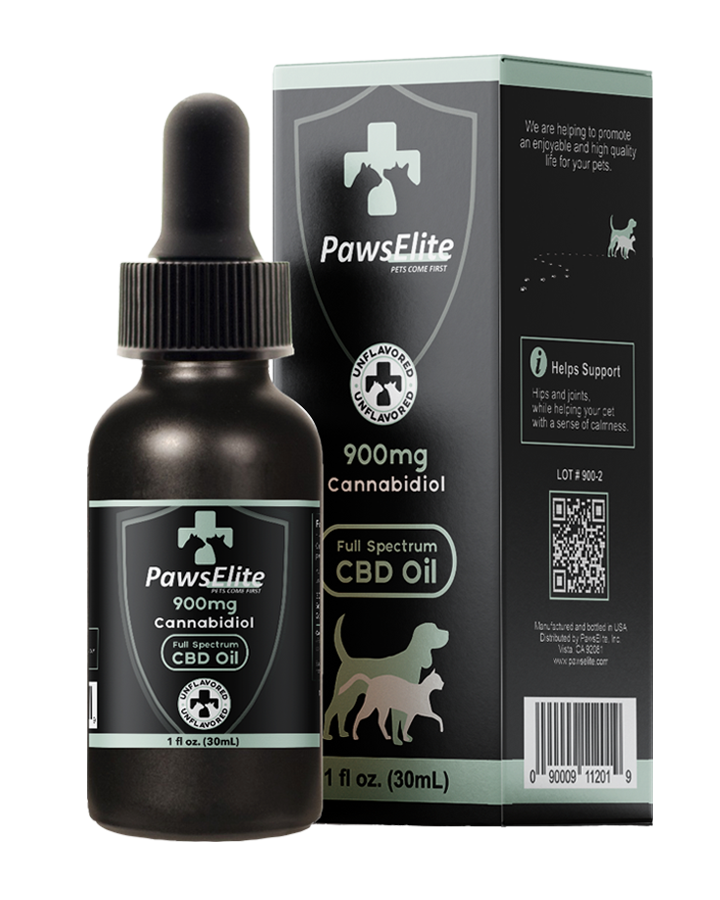
The Science of Dog Bathing: What Every Pet Owner Should Know
Share
Ricky is a lovable and playful golden retriever who was cherished by his pet owner. One day, as Ricky's owner was playing with him, she noticed that his fur was getting a bit dirty and greasy. She started to wonder how often she should bathe her furry friend to keep him clean and healthy.
As a responsible pet owner, she wanted to make sure that she was taking the best care of Ricky. But she was unsure of the frequency that would be best for Ricky's health and happiness. This blog will provide a wealth of insights for pet owners who are wondering the same thing - how often should you bathe your dog?
Importance of Dog Bathing
Dog bathing is an essential part of pet grooming that plays an important role in keeping our furry friends healthy and happy. But how often should we bathe our dogs? The answer to this question is not straightforward and depends on several factors. In this blog post, we'll explore the factors that determine how often you should bathe your dog and provide guidance on best practices for dog bathing. To ensure that the information provided is credible, we will refer to sources such as the American Kennel Club (AKC), PetMD, and The Spruce Pets, which are reputable sources for information on pet care. So, whether you are a new dog owner or an experienced pet parent, keep reading to learn more about the best ways to bathe your dog and how to ensure their coat and skin remain healthy.
Dog bathing is important for several reasons. Regular bathing helps to keep a dog's coat clean, free from dirt and debris, and prevents mats and tangles. It can also help to prevent skin infections and parasites, and promote a healthy skin and coat. According to the American Society for the Prevention of Cruelty to Animals (ASPCA), regular bathing can also help to reduce allergens and remove dead skin cells, which can contribute to a healthier home environment for both pets and people.

Factors That Affect How Often You Should Bathe Your Dog
When it comes to determining how often you should bathe your dog, there is no one-size-fits-all answer. Several factors can influence the ideal bathing frequency for your furry friend.
Factors that can affect how often you should bathe your dog include:
Breed
Some breeds have oily skin and require more frequent baths, while others have dry skin and should be bathed less often. Breeds such as Basset Hounds, Cocker Spaniels, and Beagles often require more frequent bathing, while breeds such as Chihuahuas and Greyhounds can go longer between baths.
Coat type
Dogs with short hair and smooth coats are easier to clean and maintain and may require less frequent bathing than those with long hair or curly coats. Dogs with thick coats may also require more frequent bathing, as their coats can trap dirt and debris.
Lifestyle factors
How much time your dog spends outdoors, whether they swim frequently, and how much they shed can also impact how often you should bathe them.
It's important to note that over-bathing can have negative consequences on a dog's skin and coat. Bathing too frequently can strip the skin of natural oils, leading to dryness and irritation. On the other hand, not bathing your dog enough can result in skin infections and unpleasant odors. Therefore, finding the right balance and frequency is crucial to maintaining your dog's skin and coat health.
Consulting with your veterinarian and doing research on your dog's breed and coat type can help you determine the ideal bathing schedule for your furry friend. By understanding the unique needs of your dog and tailoring their bathing schedule to meet those needs, you can help keep your pet healthy and comfortable.
Expert Advice on How to Safely and Effectively Bathe Your Dog
Bathing your dog can be a fun bonding experience, but it can also be challenging if your furry friend is not a fan of water or has sensitive skin. To ensure that your dog's bath time is a success, it's important to follow some basic guidelines and expert advice. According to Dr. Karen Becker, a proactive and integrative wellness veterinarian, 'Proper bathing technique includes a proper use of dilution, selection of an appropriate shampoo, complete rinsing, and careful drying.' With these elements in mind, let's dive into some tips and tricks for safely and effectively bathing your dog.
Finding the Right Bathing Schedule for Your Furry Friend
Bathing your dog is an important aspect of pet care, but it can be difficult to determine the right frequency. According to Dr. Marty Becker, a veterinarian and author, "Most dogs do not need frequent baths, unless they have skin problems or medical conditions that require more frequent bathing." Generally speaking, most dogs only need a bath every 3 months or so, but this can vary depending on several factors.
One of the main factors that can affect how often you should bathe your dog is their coat type. Dogs with oily coats or allergies may need more frequent baths, while dogs with dry skin or water-repellent coats may require less frequent bathing. Additionally, your dog's lifestyle and activity level can impact their bathing schedule. Dogs who spend a lot of time outdoors, roll in dirt, or swim in pools or lakes may need more frequent baths than dogs who live indoors and have limited exposure to dirt and water.
Another factor to consider is your dog's age and health. Puppies, senior dogs, and dogs with medical conditions may require more frequent bathing to maintain good hygiene and prevent infections. However, it's important to consult with your veterinarian before adjusting your dog's bathing schedule, as over-bathing can lead to skin irritation and other issues.
In general, it's best to start with a bathing schedule of every 3-4 months and adjust as needed based on your dog's individual needs. As Dr. Becker advises, "The best way to determine if your dog needs a bath is to use your nose – if they smell doggy, it's time for a bath." Remember to use a gentle, dog-specific shampoo and to thoroughly rinse your dog to avoid any skin irritation. With these tips in mind, you can find the right bathing schedule for your furry friend and keep them clean and happy.
Here is a break-down:
- Most dogs only need a bath every 3-4 months.
- Dogs with oily coats or allergies may require more frequent baths.
- Dogs with dry skin or water-repellent coats may require less frequent bathing.
- Dogs who spend a lot of time outdoors, roll in dirt, or swim in pools or lakes may need more frequent baths.
- Puppies, senior dogs, and dogs with medical conditions may require more frequent bathing to maintain good hygiene and prevent infections.
- Over-bathing can lead to skin irritation and other issues, so it's important to consult with your veterinarian before adjusting your dog's bathing schedule.
- Use a gentle, dog-specific shampoo and thoroughly rinse your dog to avoid any skin irritation.
In conclusion, finding the right bathing schedule for your dog can depend on several factors, including their coat type, lifestyle, age, and health. While most dogs only need a bath every 3-4 months, some dogs may require more frequent baths to maintain good hygiene and prevent skin problems. However, it's important to avoid over-bathing, as this can lead to dryness, itching, and other issues. As Dr. Becker suggests, it's best to use your nose as a guide to determine when your dog needs a bath. By following these guidelines and consulting with your veterinarian, you can ensure that your furry friend stays clean, healthy, and happy.







